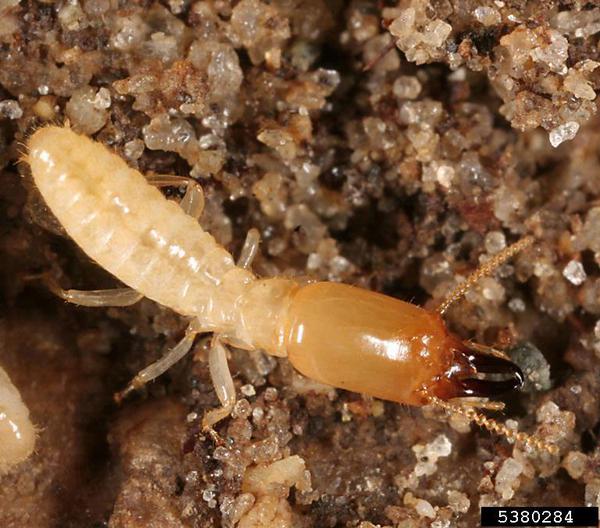Zoology Notes On – Termites – For W.B.C.S. Examination.
প্রাণিবিদ্যা নোট – উইপোকা – WBCS পরীক্ষা।
Termites commonly called white ants are soft-bodied, social and polymorphic insects having two pairs of similar deciduous wings and live together forming large communities. The termites, however, are among the most destructive insects so far as man is concerned but in nature they help in decomposing the dead vegetation and enriching the soil.Continue Reading Zoology Notes On – Termites – For W.B.C.S. Examination.
Though the termites are called white ants but they are neither completely white in colour nor ants; one can easily differentiate these from ants by the absence of a constriction or peduncle between the thorax and the abdomen, in addition to some other morphological and behavioural characteristics.
However, more than 1700 species of termites are known today. Some common genera are Macrotermes, Mastotermes, Odontotermes, Kalotermes, Nasutitermes, Leucotermes, Coptotermes, Achotermopsis, Zootermopsis, etc.
The termites are nocturnal and they prefer to live in eternal darkness. They cannot withstand the exposure of dry air and, therefore, they construct tunnels in the earth and wood. The termites are best known nest building insects.
Since, they bore through wood causing much damage, they can digest wood with the help of symbiotic flagellates, such as Trichonympha campanula living in their intestine and passed on from generation to generation. These are social insects forming large communities and well marked polymorphic individuals.
Primitive termites live in galleries bored in wood, dead trees, structural timbers and wooden buildings. Some termites make tunnels in the ground, they destroy roots of grasses, vegetation and crops. More advanced termites make huge maunds called termitaria which are up to 6 metres high, they are made of excavated mud, wood and excreta mixed with saliva, their walls become hard as rocks.
Wood-eating termites (Termopsis) have no workers, they form galleries in decaying logs. Calotermes, Neotermes and Mastotermes bore into dry wood, such as posts, furniture and wooden buildings.
Calotermes bores into stems of tea plants in Sri Lanka. Leucotermes and Captotermes live in the ground, and through the soil they enter the woodwork of buildings making passages of mud for concealment. Indian termite Odontotermes includes both underground dwellers and maund builders. Termitaria are made mostly in Africa, Sri Lanka and Australia.
Please subscribe here to get all future updates on this post/page/category/website


 Toll Free 1800 572 9282
Toll Free 1800 572 9282  mailus@wbcsmadeeasy.in
mailus@wbcsmadeeasy.in



















































































































